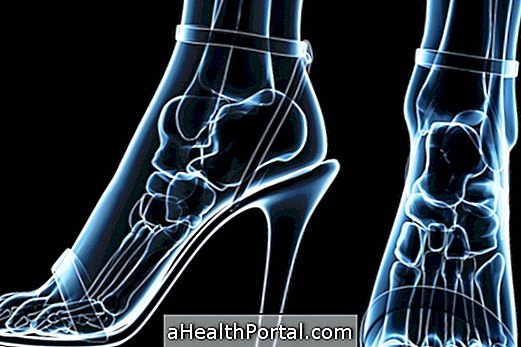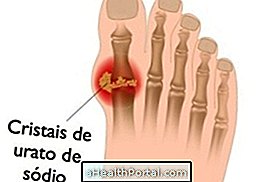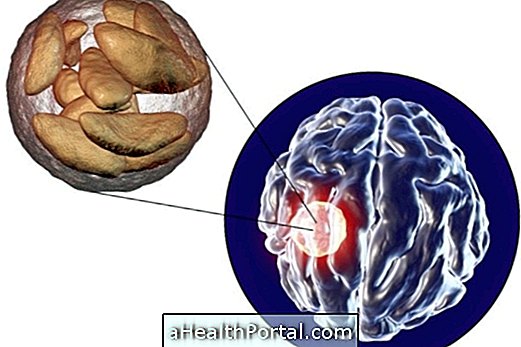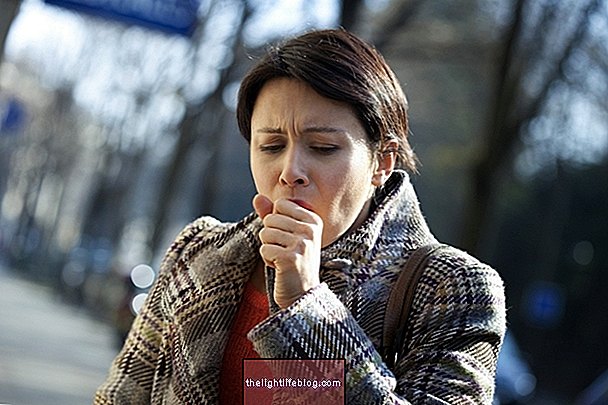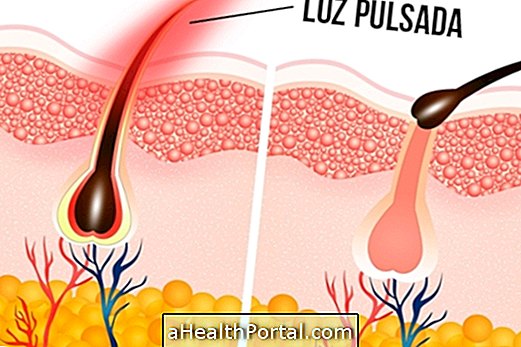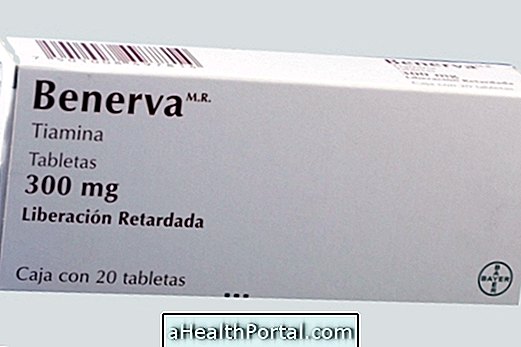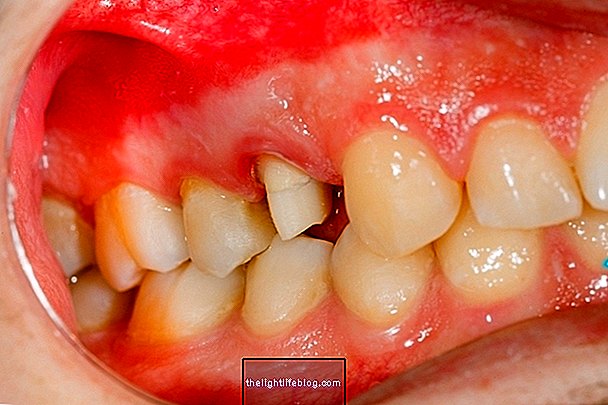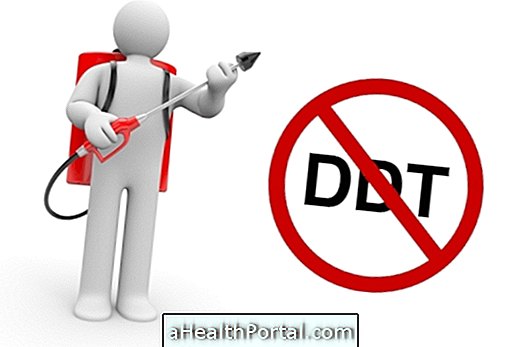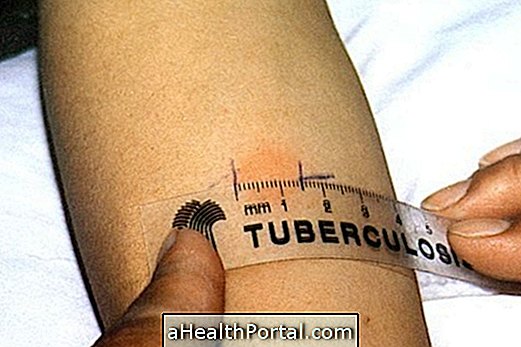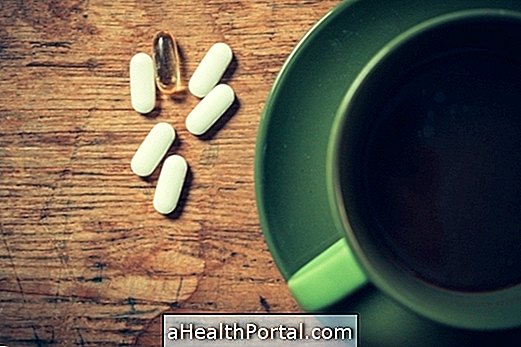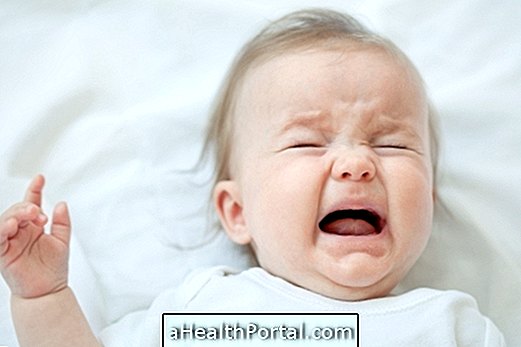The main symptoms of lung infection are dry or phlegm cough, shortness of breath, rapid and shallow breathing, and a high fever lasting for more than 48 hours, only coming down after using medicines.
Pulmonary infection or respiratory infection occurs when microorganisms enter the body through the respiratory tract and remain in the lung, giving rise to symptoms of infection, such as cough, sore throat, headache, and shortness of breath. Learn more about lung infection.
The diagnosis is made by the general practitioner or pulmonologist based on the symptoms and the results of laboratory tests, for example, that indicate the micro-organism causing the infection so that the treatment can be done.
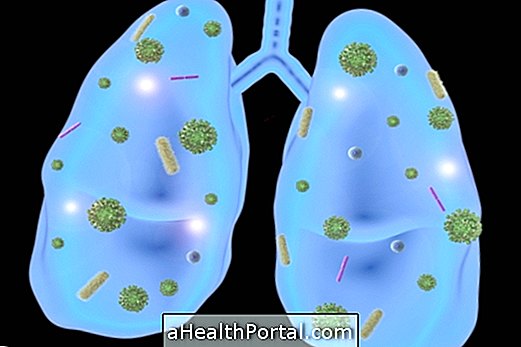
Main symptoms
The initial symptoms of lung infection can be confused with the symptoms of flu, common cold and even ear infection, as there may be sore throat and in the ear. However, if symptoms are accompanied by persistent fever, it may be indicative of pulmonary infection, the main symptoms of which are:
- Dry or secreted cough;
- High and persistent fever;
- Loss of appetite
- Headache;
- Chest pain;
- Back pain;
- Difficulty breathing;
- Rapid, shallow breathing;
- Coriza.
In the presence of these symptoms, it is important to consult a general practitioner or a pulmonologist so that the diagnosis can be made and thus start treatment. The diagnosis is made through the evaluation of symptoms, pulmonary auscultation, chest X-ray, blood count and analysis of sputum or nasal mucosa to identify the micro-organism that causes the infection.
How to treat
Treatment for lung infection is done according to medical advice and it is usually indicated that the person is at rest, hydrate properly and use antibiotics or antifungals for 7 to 14 days according to the identified microorganism. In addition, the use of medicines to decrease pain and fever, such as Paracetamol, for example, may be indicated. Learn more about lung infection treatment.
Respiratory physiotherapy is indicated mainly in the case of the elderly, since they tend to become more bedridden, and also in the case of people who acquired respiratory infection during hospitalization, and physiotherapy is useful to help eliminate the secretions. Understand what respiratory physiotherapy is and how it is done.

